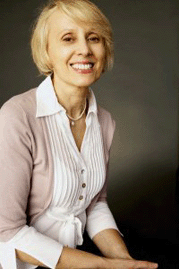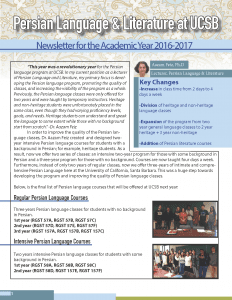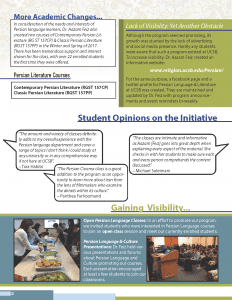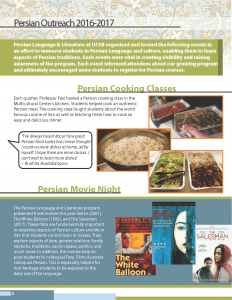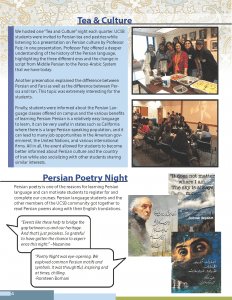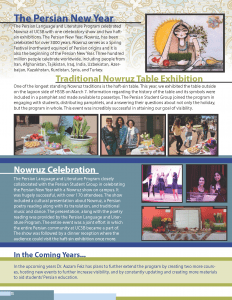Vesna Wallace
About:
The main methodological approach to my field of study will continue to consist of the following: philological and textual study, and philosophical, historical, critical, and comparative analyses of the Buddhist traditions of South Asia, Tibet,and Mongolia.








